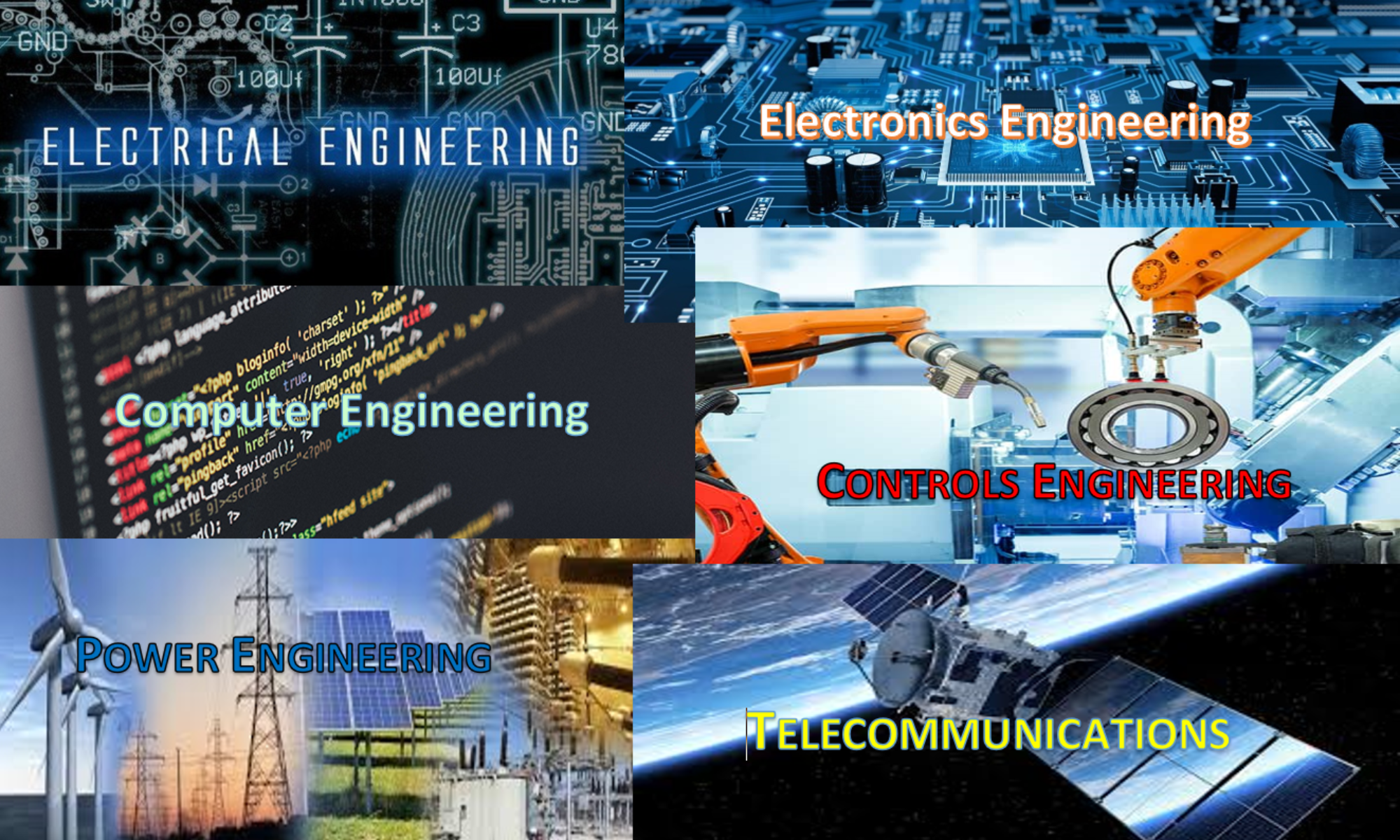NBCNews.com – Energy, Spencer Kimball (CNBC)

“Renewable energy demand will triple over the next seven years as data center growth accelerates to facilitate the proliferation of artificial intelligence, NextEra Energy CEO John Ketchum said Wednesday.
NextEra added 3,000 megawatts of renewable and storage projects to its order backlog in the second quarter. Of those, 860 megawatts — or 28% — come from agreements with Google to power the tech company’s data centers.”





